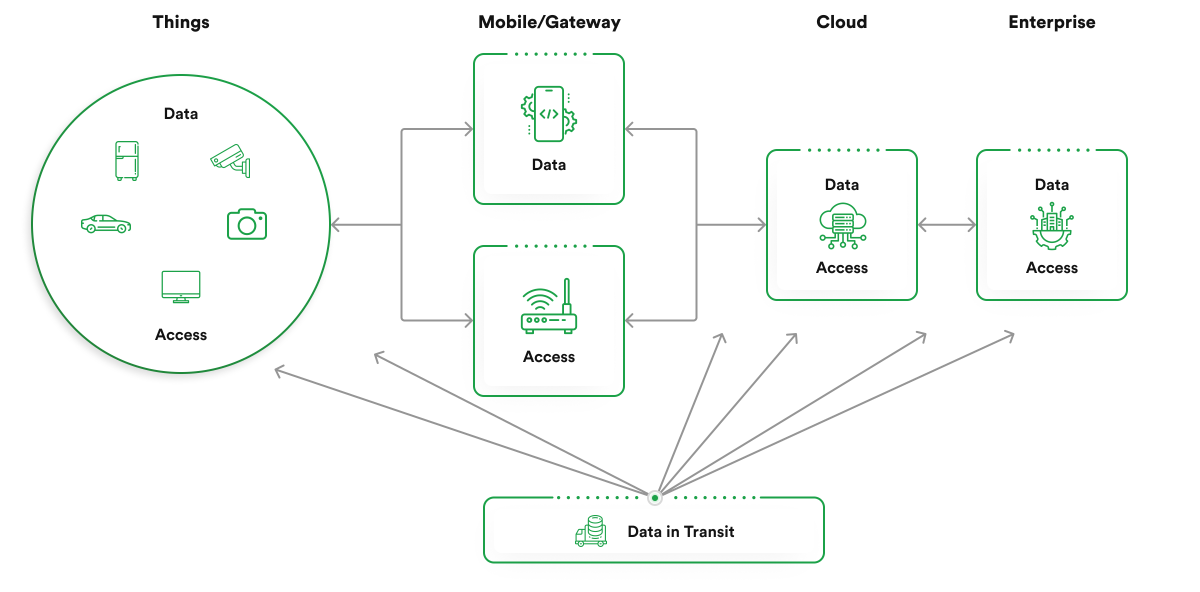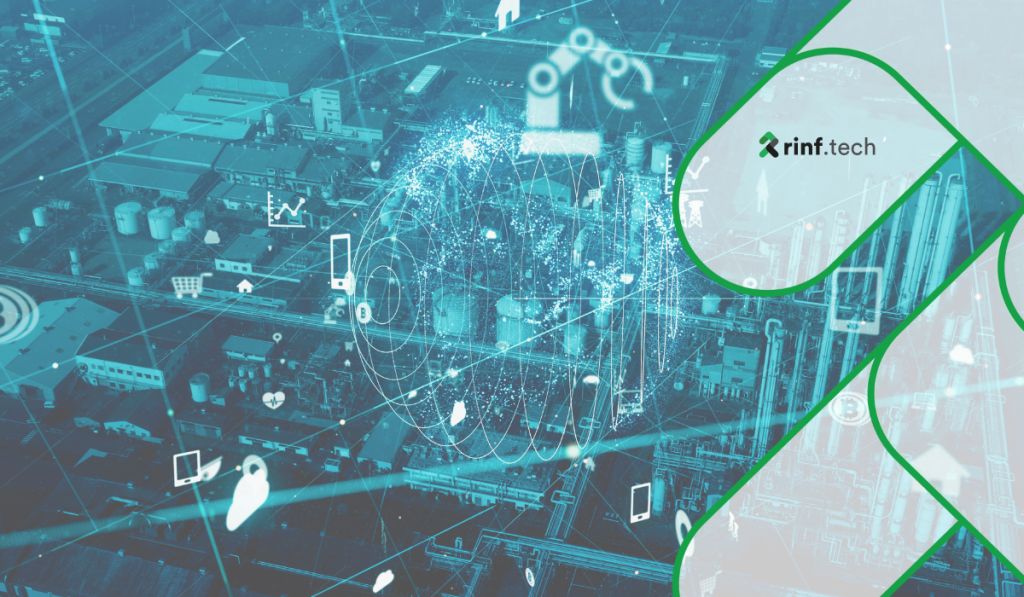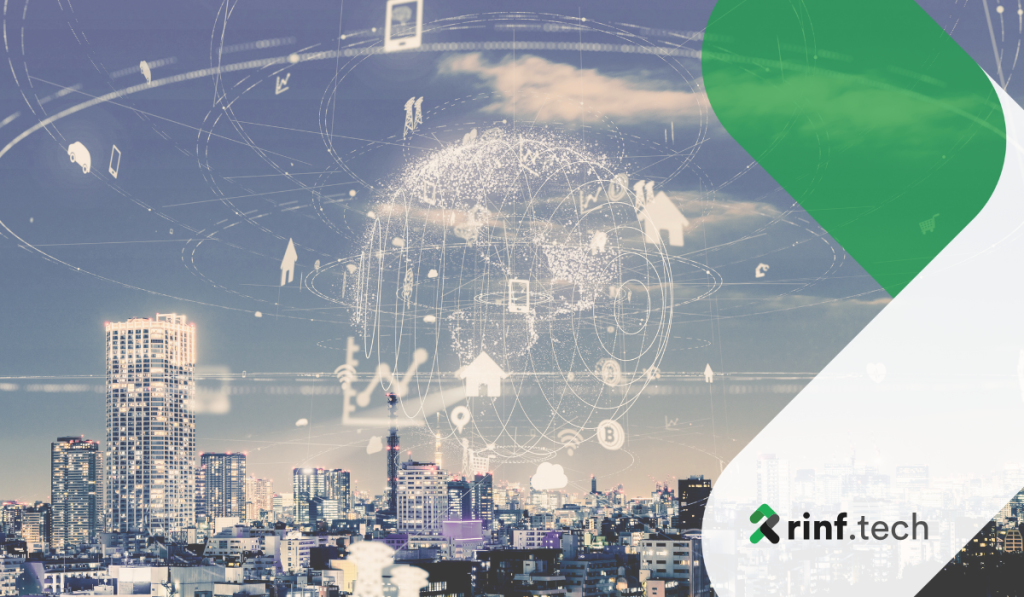
How IoT is Revolutionizing Agriculture: Key Innovations and Future Prospects
Discover how IoT is transforming traditional farming through key innovations, real-world success stories, and future trends that are shaping the agricultural sector.
The Internet of Things (IoT) represents a massive network of connected devices that revolutionize our interaction with technology. IoT integrates many devices communicating and operating through the internet, from everyday household items to sophisticated industrial tools. As of 2023, there are over 15 billion IoT devices worldwide, expected to surpass 30 billion by 2030, according to Statista. This rapid growth underlines technology’s crucial role in driving digital transformation across various sectors. However, this growth has its challenges.
Recent data breaches, such as the Ring Home security camera breach where hackers were able to access live feeds from the cameras around customers’ homes and verbally harass them, highlight the critical vulnerabilities associated with IoT devices and the increasing need to address privacy and data protection concerns within the IoT landscape.
This article explores the complex privacy issues emerging from the widespread adoption of IoT technologies. By highlighting these issues, the article aims to encourage a deeper understanding of IoT’s privacy implications and encourage a collaborative approach toward solid security solutions.
As the Internet of Things becomes more integrated into daily life, its ability to enhance convenience and efficiency is undeniable. However, the rapid increase of IoT devices brings many privacy concerns that cannot be overlooked. These devices, which integrate seamlessly into our homes, offices, and public spaces, collect vast amounts of data that are invaluable for making life more connected yet pose significant risks if not properly managed.
IoT devices are intrinsic to our daily lives, continuously collecting data to enhance user experiences. These devices gather vast amounts of data, from environmental sensors in smart homes monitoring temperature and humidity to wearables that track health metrics like heart rate and sleep patterns. According to a report by McKinsey, IoT’s potential economic impact could be up to $11.1 trillion per year by 2025, mainly due to the insights derived from this data collection. However, there is significant concern about the transparency with which this data is handled. Users often need clear information on how their data is used, who it is shared with, or how it is protected. This lack of transparency can lead to data misuse, including unauthorized sharing with advertisers or other third parties, potentially leading to privacy violations.
The security of IoT devices is a significant concern. Many devices have been found to have weak default security settings and inadequate security protocols, making them easy targets for cyber-attacks. For instance, a study by Armis revealed that Cybersecurity attack attempts more than doubled in 2023, increasing by 104%, with many devices being compromised due to fundamental security flaws like default passwords or unpatched vulnerabilities. The complexity of the IoT ecosystem, involving countless devices with varying levels of security, complicates efforts to ensure consistent protection across all devices. This situation is worsened by the difficulty in applying software updates, often due to the devices’ limited processing capabilities, leaving them vulnerable to the latest cyber threats for extended periods.
User control over personal data in the IoT realm is notably limited. Consumers frequently encounter complex, jargon-filled privacy policies that obfuscate the extent of data collection and use. This complexity reduces users’ ability to make informed decisions about their data. Furthermore, a survey by the Pew Research Center found that 62% of Americans believe it is impossible to go through daily life without companies collecting data about them, reflecting a resignation to loss of control over personal information. The challenge is compounded in the IoT space, where options to opt out of data collection or manage consent effectively are often unavailable or impractical. This lack of control is critical as it affects privacy and diminishes trust in IoT technologies and their providers.

As technology becomes increasingly complex and widely adopted, the existence of regulatory frameworks is ever more required. Navigating the European Union and North America’s complex regulatory environments reveals specific data protection approaches in the IoT sector. These frameworks are essential in addressing privacy concerns and how businesses must adapt to comply with changing legal requirements.
The General Data Protection Regulation (GDPR), enacted by the European Union in 2018, has set a global standard for data protection, emphasizing transparency, accountability, and user control over personal data. This regulation impacts any organization operating within the EU and those outside the EU that offer goods or services to customers or businesses in the EU. GDPR mandates that companies must protect personal data and uphold the privacy rights of individuals by enabling them to access, rectify, and erase their data upon request.
A key challenge in applying GDPR to IoT is the regulation’s requirement for ‘privacy by design and by default,’ which requires integrating robust privacy features at the design phase of IoT products and services. As IoT devices often collect personal data continuously, ensuring compliance can be technically and financially demanding, especially for smaller enterprises. Despite these challenges, GDPR has propelled significant changes across the IoT landscape, prompting companies to modify their data handling practices to avoid hefty fines, which can amount to up to 4% of annual global turnover or €20 million, whichever is higher.
The data protection landscape in the United States and North America is markedly different from that in the EU. Different from the EU’s GDPR, the U.S. needs a comprehensive federal data protection law, relying instead on a mosaic of state-specific laws and sector-specific regulations. One of the more comprehensive state laws is the California Consumer Privacy Act (CCPA), which came into effect in 2020. The CCPA provides Californians with rights similar to those under GDPR, such as the right to know what personal information is being collected, access it, and request its deletion. However, the fragmented nature of U.S. data protection laws creates challenges in managing compliance, especially for businesses operating across multiple states. In response to these challenges, discussions and proposals for a federal privacy law would offer a more unified regulatory framework. Such developments are crucial as they could harmonize the various state laws and provide a more precise, consistent guideline for companies operating nationwide, much like GDPR does in Europe.
As IoT continues its rapid expansion, it brings unprecedented convenience, connectivity, and significant security and privacy challenges. Addressing these challenges requires a multifaceted approach that involves stakeholders from across the ecosystem.
As the number of IoT devices continues to rise exponentially, reaching an estimated 30 billion worldwide by 2025, according to Statista, manufacturers must prioritize robust security measures to protect against the growing threat landscape. Implementing strong encryption and authentication protocols is fundamental. Moreover, regular security updates and vulnerability patching are essential practices that manufacturers must adopt to safeguard IoT devices throughout their lifecycle. The industry is also encouraged to embrace transparency about its data collection practices and provide users with clear control options, aligning with the concept of ‘privacy by design.’ Such proactive measures help prevent data breaches and build consumer trust in IoT technologies.
User empowerment through education is crucial in mitigating privacy risks associated with IoT devices. According to a report by NordVPN, nearly 9 out of 10 people (around 90%) have at least one IoT device in their homes. Many of them need to be aware of these technologies’ privacy implications. By promoting awareness of the importance of reading and understanding privacy policies and the impact of data permissions, consumers can make more informed decisions about the IoT products they choose to use. Moreover, educating users on maintaining strong cybersecurity habits, such as updating software regularly and using robust passwords, can significantly reduce the risk of device compromise and data exploitation.
The complexity and global nature of the IoT ecosystem needs solid regulatory frameworks that can keep pace with technological advancements. There is an urgent need for comprehensive data protection regulations that specifically address the unique challenges of IoT. This includes international cooperation among regulatory bodies to standardize data privacy standards across borders, ensuring a cohesive and enforceable framework. Recent initiatives, such as the EU’s discussions on updating the GDPR to cover better IoT-specific issues and the U.S.’s exploration of federal privacy law, indicate a move towards stronger regulatory oversight in the IoT sector. Such regulations will protect consumers and provide clear guidelines for manufacturers and service providers, fostering a safer IoT environment globally.
The Internet of Things represents a transformative shift in how we interact with technology, offering multiple benefits in terms of efficiency and convenience.
Potential solutions for strengthening IoT security and privacy are diverse and complex, involving multiple aspects of technology and policy. Manufacturers must incorporate strong encryption, regular updates, and transparency into their devices. On the other hand, users need to be educated about the privacy risks associated with IoT devices and how to mitigate them through proactive measures like reading privacy policies and maintaining strong cybersecurity practices.
Emphasizing the importance of a collaborative approach is crucial. The interconnected nature of IoT devices means that no single stakeholder can be responsible for securing the IoT ecosystem alone. It requires joint efforts from manufacturers, users, policymakers, and technology companies working in harmony to ensure that privacy and security are not afterthoughts but foundational elements of all IoT solutions.
We at rinf.tech are at the forefront of building secure and reliable IoT solutions. Collaborating with a team that values user privacy, prioritizes robust security measures, and is dedicated to shaping a safer future for IoT is essential.
At Rinf.tech, we have a full-fledged R&D Embedded Business Unit that specialises in custom software product engineering and proof-of-concept (PoC) project development. From computer vision powered intruder detection software to robotic arm and its digital twin to sophisticated deep learning models, we use experimental approaches and lessons learned to build top-notch solutions and prototypes to future-proof business ideas and emerging tech.

Discover how IoT is transforming traditional farming through key innovations, real-world success stories, and future trends that are shaping the agricultural sector.

Delving into the IoT device onboarding requirements, challenges and implementation best practices across smart home, industrial, and healthcare settings.

Delving into the complexities of AIoT, exploring its core principles, current state, challenges, and future trends.
Copyright © 2023 rinf.tech. All Rights Reserved.
Terms & Conditions. Cookie Policy. Privacy Policy.
Politica Avertizari de Integritate (RO)